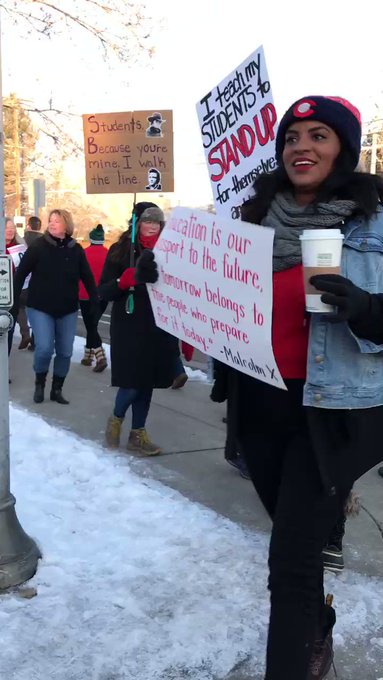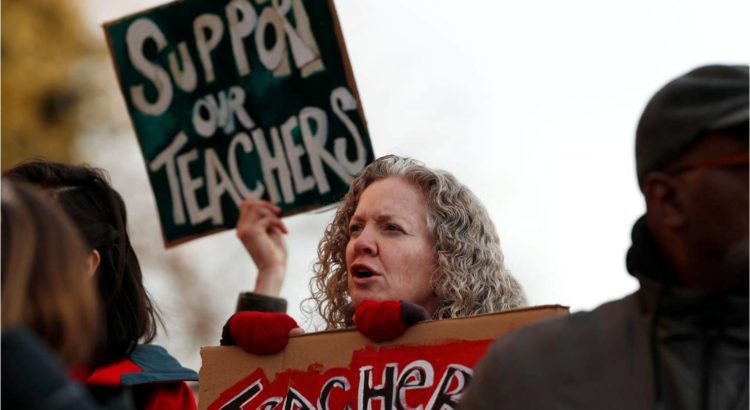Por: Laura Poy Solano.
En 15 años la matrícula de alumnos de escuelas normales públicas y privadas se redujo de 200 mil 931 a 108 mil 555; es decir, 92 mil 376 estudiantes menos entre el ciclo 2000-2001 y 2015-2016. En ese lapso las instituciones formadoras de maestros han enfrentado por lo menos ocho cambios de programas, acciones y estrategias para su fortalecimiento, pese a lo cual persiste una disminución en el número de jóvenes que buscan ser profesores de preescolar, primaria y secundaria.
Luis Bello Estrada, profesor-investigador de la Benemérita Escuela Normal Veracruzana Enrique C. Rébsamen, destacó que el fenómeno no sólo es resultado de la implementación de una reforma educativa que vulneró profundamente los derechos laborales de los maestros y eliminó prácticamente cualquier posibilidad de tener una plaza de base, sino también como efecto del desapego de la sociedad en la valoración de la profesión
.
Privilegian remuneraciones
En esta casa de estudios veracruzana, indicó, la demanda de ingreso cayó de 3 mil 300 concursantes a mil 100 en el ciclo escolar pasado, lo que implica que se redujo a un tercio el número de aspirantes a la carrera de educador, lo que también refleja una transformación en la sociedad, porque ha dejado de ser valioso el trabajo filosófico, ético y formativo que aportaba un profesor, ahora lo que interesa más, no sólo a los jóvenes, sino a sus familias, es que tengan elevados ingresos económicos
En el estudio La educación normal en México. Elementos para su análisis, elaborado por el Instituto Nacional para la Evaluación de la Educación (INEE), destaca que desde 1984 cuando la formación inicial de educadores se elevó al nivel de licenciatura, el número de estudiantes pasó de 122 mil 866 a 200 mil 931 en el ciclo escolar 2000-2001, pero, la matrícula cayó a 132 mil 205 alumnos en el periodo 2013-2014 y se redujo más de 30 mil estudiantes para el lapso 2015 a 2016, cuando entró en vigor la reforma educativa y se permitió que cualquier egresado universitario pudiera concursar por una plaza de maestro frente a grupo.
Debilitan procesos en la formación de educadores
Advierte que las acciones de restructuración que se han aplicado a las normales en realidad han debilitado procesos sustantivos, pues se detectó la reducción de años de formación en ciertas licenciaturas; cambios de planes de estudio y de titulación que requieren ajuste en los perfiles de sus plantas docentes, a lo que se suma que persiste una fuerte centralización que impide la toma de decisiones expedita, el manejo y obtención de recursos y la atención a necesidades específicas de forma ágil.
En entrevista con La Jornada, Bello Estrada consideró que abrir la carrera docente a todo universitario, sin importar qué tipo de formación recibió, fue un golpe muy duro al normalismo, porque el mensaje fue que no sirve estudiar en una normal si cualquier título universitario me da la posibilidad de ser maestros, e incluso, tener otros ingresos con distintas actividades profesionales
.
Por lo que respecta al financiamiento, el INEE reportó que de 466 normales 272 son públicas y 194 privadas.
Destaca que de 2016 a 2018 se destinaron 2 mil millones de pesos sin reglas de operación o marco regulatorio como parte de la Estrategia Nacional de Transformación y Fortalecimiento de la Educación Normal, pese a lo cual no se observa una mejora frente a los desafíos estructurales en estas casas de estudio claves del sistema educativo.
Fuente del artículo: https://www.jornada.com.mx/2019/02/18/sociedad/031n1soc#












 Users Today : 2
Users Today : 2 Total Users : 35423626
Total Users : 35423626 Views Today : 3
Views Today : 3 Total views : 3358879
Total views : 3358879